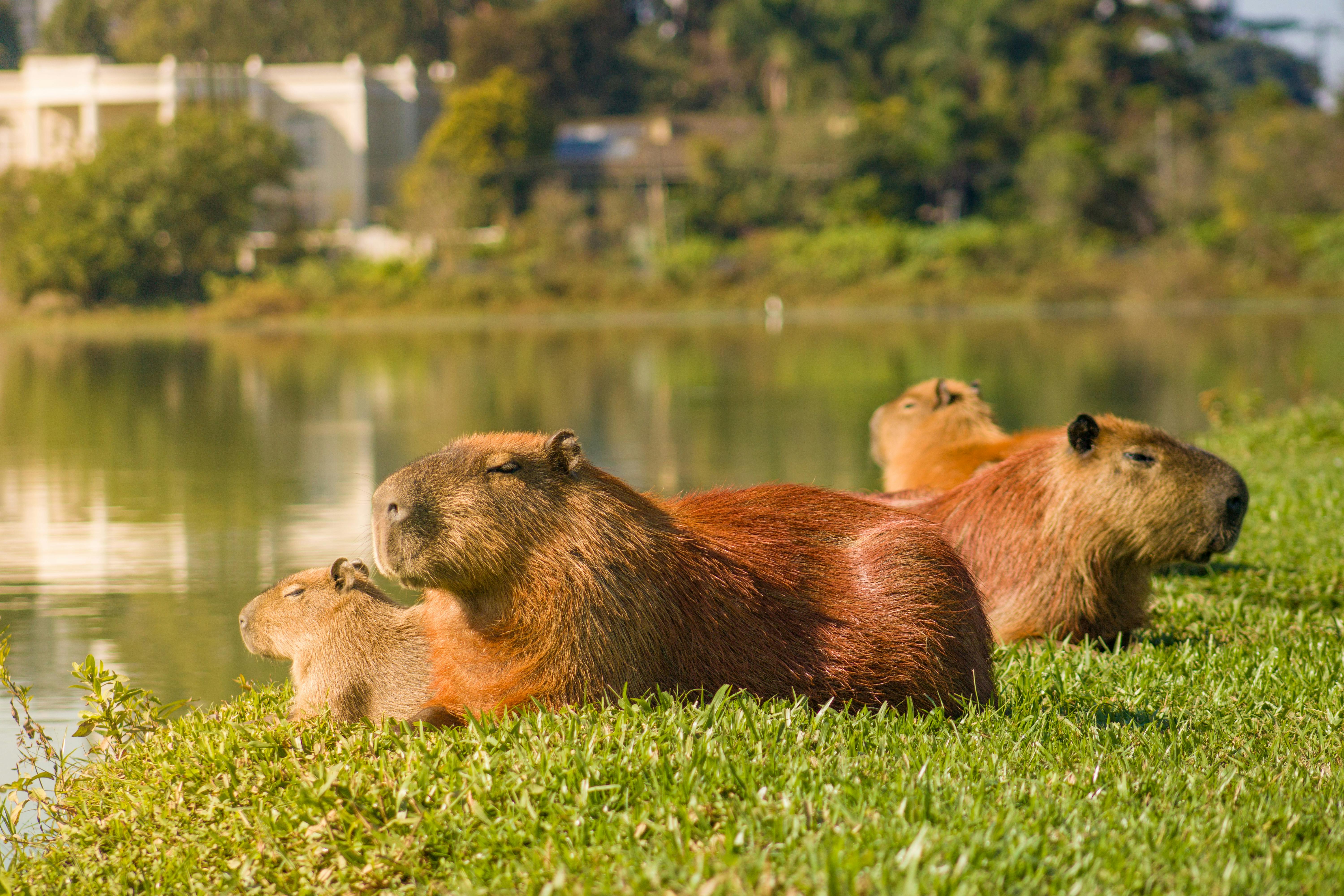The Fascinating World of Capybaras: Understanding the Largest Rodents on Earth
Capybaras, the largest rodents in the world, are an interesting subject of study. These gentle giants are native to South America, particularly in areas with abundant water bodies. Their unique behavior, social structure, and ecological role present an intriguing perspective on wildlife research.

The Origins and Natural Habitat of Capybaras
Capybaras belong to the caviidae family, which also includes guinea pigs. They are believed to have originated in South America during the Miocene Epoch, around 23 million years ago. Their natural habitat includes marshes, swamps, and dense forests near water bodies like rivers, lakes, and ponds. Capybaras are excellent swimmers and can stay underwater for up to 5 minutes to hide from predators.
The Social Life of Capybaras
Unlike many rodent species that lead solitary lives, capybaras are highly social animals. They live in groups of 10 to 20 individuals, consisting of a dominant male, several females, and their offspring. This social structure is believed to offer protection from predators and helps in locating food sources.
Capybaras and Their Role in Ecosystems
As herbivores, capybaras play a critical role in their ecosystems by controlling vegetation. They feed mainly on grasses, aquatic plants, and tree bark. In turn, they are a vital food source for many predators, including jaguars, anacondas, and caimans.
Capybaras as Pets: Considerations and Market Impact
Some people keep capybaras as pets, although they require a specific environment to thrive. They need access to a large swimming area and a diet that mimics their natural intake. The cost of purchasing a capybara can range from $500 to $1,500, excluding the costs for housing, feeding, and veterinary care. Their increasing popularity as pets has led to concerns about illegal wildlife trade and potential impact on their populations in the wild.
Recent Developments and Research on Capybaras
Current research on capybaras focuses on understanding their ecology, behavior, and impact on human activities. For instance, in Argentina, researchers are studying how capybaras affect agricultural practices and whether they can be managed to benefit both wildlife and farming.
In conclusion, capybaras provide a unique window into the world of rodents. Their social behavior, environmental role, and interactions with humans continue to fascinate scientists and animal enthusiasts alike. As we learn more about these gentle giants, it’s crucial to ensure their survival and well-being, both in the wild and in captivity.




